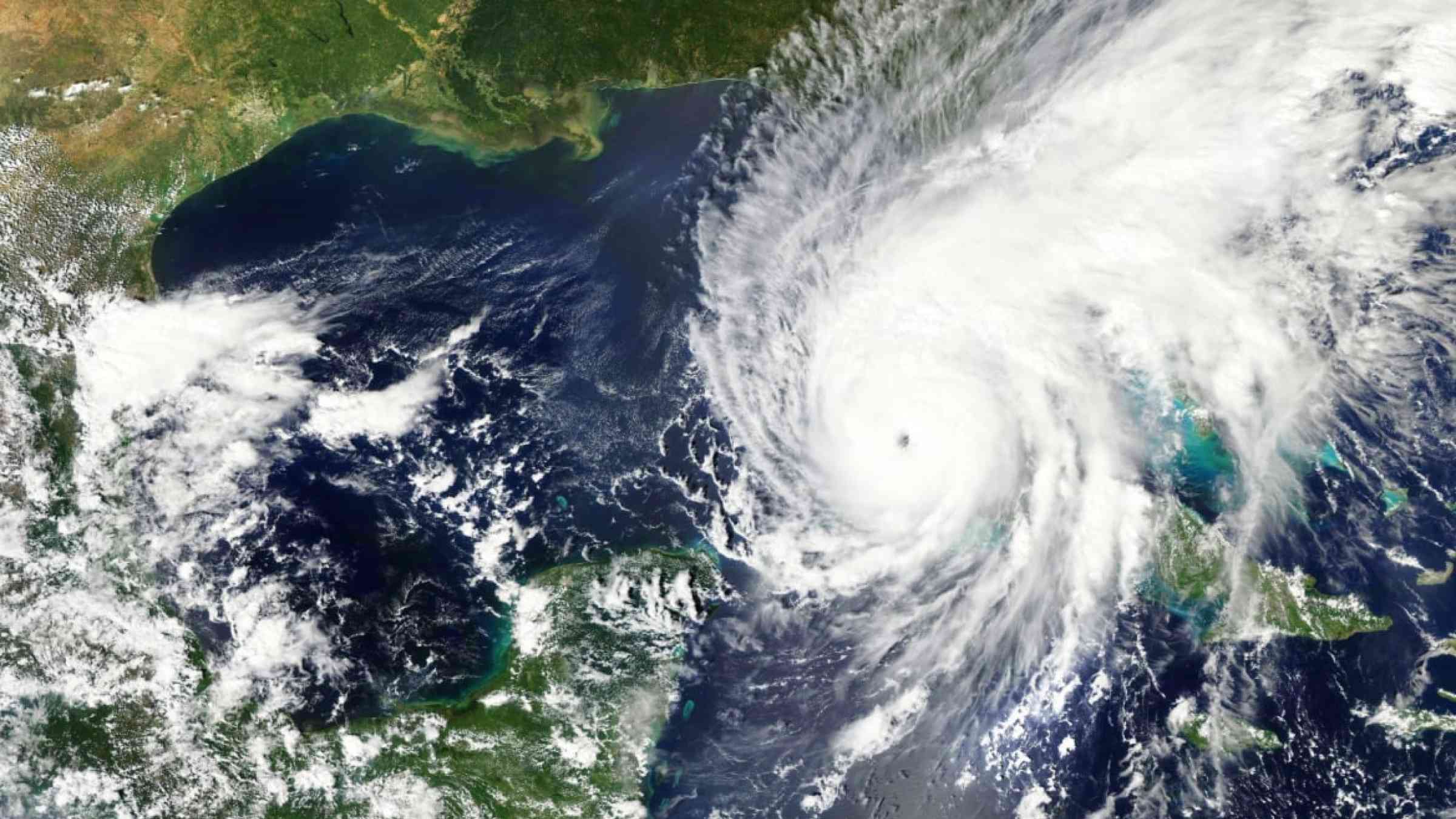Please help us improve PreventionWeb by taking this brief survey. Your input will allow us to better serve the needs of the DRR community.
2022 hurricane season: Fewer storms than anticipated, but still extremely damaging

This year’s hurricane season in the North Atlantic produced fewer storms than originally feared. However, Hurricane Ian, one of the strongest hurricanes to ever make landfall in the US, hit the Florida coast and caused devastating damage. This made the hurricane season in the North Atlantic the third-most expensive to date. According to preliminary estimates, overall losses from all storms amounted to around US$ 110bn, with insured losses in the magnitude of US$ 65bn (excluding the National Flood Insurance Program NFIP1).
- Ernst Rauch, Chief Climate Scientist, Munich Re
The 2022 North Atlantic hurricane season in detail:
- By the official end of the storm season in late November, 14 hurricanes had been counted in the North Atlantic. Of these, eight reached hurricane strength and two were storms of the most severe categories 3–5. Although this means that storm activity was above the long-term average for 1950–2021 (total 12.2 / hurricanes 6.4 / severe hurricanes 2.7), it was below the average since 1995 for a storm-active warm phase in the North Atlantic (15.7 / 7.7 / 3.6).
- At the beginning of the hurricane season, all research institutes, including Munich Re, had expected a higher number of hurricanes due to prevailing La Niña conditions. This is a phenomenon that occurs as part of a cyclical climate oscillation in the Pacific ("El Niño/Southern Oscillation", ENSO for short), which affects weather across the world. La Niña conditions usually favour the development of hurricanes, while El Niño conditions hinder them. This year, however, unusually dry air in higher layers of the atmosphere and temporarily cooler water temperatures in the tropical North Atlantic meant that only a few and mostly weaker storms developed early in the season until the end of August.
- In September, the storm season picked up speed. In the Caribbean, Hurricane Fiona developed into the first major hurricane (categories 3–5) of the season. It hit several Caribbean islands and then moved far off the east coast of the USA to Canada with enormous wind speeds. There, the storm made landfall with hurricane-force winds in the province of Nova Scotia, causing significant damage.
- At the end of the month, Hurricane Ian slammed into the west coast of Florida with winds of almost 250 km/h. It was the fifth-strongest storm – alongside several previous storms with similar wind speeds – to hit the US mainland since systematic records began over 100 years ago. Preliminary estimates put overall losses at around US$ 100bn, of which some US$ 60bn will be borne by private insurers (excluding NFIP1).
- Even in November, at the end of the season, three hurricanes still occurred.
The most expensive hurricane season to date for insurers was 2005, with a series of extreme storms. Hurricane Katrina devastated the region around New Orleans. With overall losses of US$ 175bn and insured losses of US$ 86bn (both adjusted for inflation), Katrina is still the most expensive hurricane of all time. In total, the 2005 storm season destroyed assets of almost US$ 240bn, adjusted for inflation, of which US$ 120bn was insured.
Tropical cyclones are one of the biggest risks for insurers. Their number in a single year is influenced by both local and large-scale weather systems and ocean temperatures, and the number and location of storms making landfall cannot be accurately predicted. The current state of research is that, although the total number of storms globally will not increase as a result of climate change, there will be a rise in the proportion of particularly severe storms and storms with extreme precipitation.
Despite the extreme devastation, the damage caused by Hurricane Ian was within the scope of the scenarios used by Munich Re in its risk models.
1 Losses from Hurricane Ian for the FEMA/NFIP, under which private homeowners are able to purchase flood insurance, are estimated at US$ 3.5–5.3bn so far.
Explore further
Please note: Content is displayed as last posted by a PreventionWeb community member or editor. The views expressed therein are not necessarily those of UNDRR, PreventionWeb, or its sponsors. See our terms of use
Is this page useful?
Yes No Report an issue on this pageThank you. If you have 2 minutes, we would benefit from additional feedback (link opens in a new window).